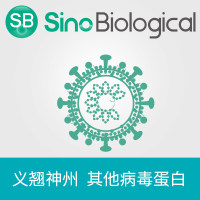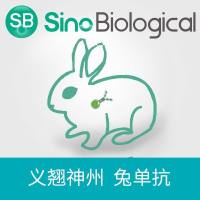Analysis of E7/Rb Associations
互联网
611
The product of the early gene E7 is one of the major transforming proteins of human papillomaviruses (HPVs). It exerts its activity by associating with and altering the biological functions of several cellular proteins involved in the control of fundamental events, such as cell proliferation and apoptosis. The best-characterized activity of E7 from HPV type 16, the most frequently detected type in cervical cancer, is its ability to bind and induce degradation of the tumor-suppressor retinoblastoma protein (pRb) via the ubiquitin pathway. pRb plays a key role in cell-cycle control by negatively regulating, via direct association, the activity of several transcription factors, including members of the E2F family. The neutralization of pRb functions mediated by E7 results in constitutive activation of the transcription factors, with consequent loss of cell-cycle control. Several studies have shown that the oncogenic potential of a specific HPV type is dependent on the efficiency of E7 in targeting pRb. In this chapter, we describe two methods to measure the efficiency of the E7 proteins from different HPV types in neutralizing the pRb functions. The first one, the plate-binding assay, allows the determination of the pRb binding affinity of E7 proteins, while the second one permits the analysis of their impact on the pRb pathway in intact cells.









